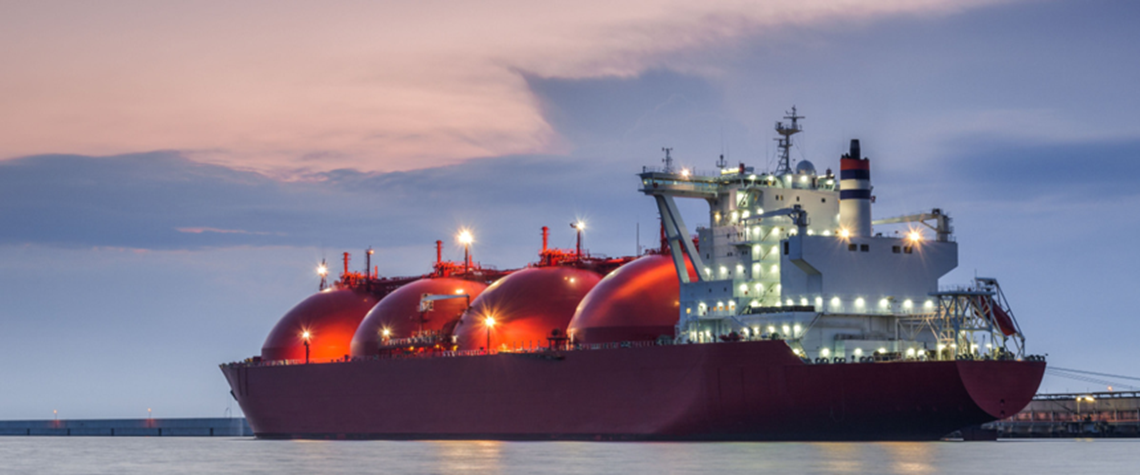Transitioning the maritime sector to a greener future
Shipping is set for a key role transporting green fuels such as hydrogen, but all stakeholders must work together to de-risk development of the value chain, says chair of Clean Energy Marine Hubs initiative
With net-zero targets high on the world’s agenda, the race is on to identify the new green fuels of the future. The shipping industry will play a huge role in transporting these fuels, but the entire energy value chain must come together to put the appropriate infrastructure in place, align market incentives and make these targets a reality to achieve a decarbonised future not just for shipping, but for the whole world. The Clean Energy Marine Hubs (CEM Hubs) initiative is bringing together these stakeholders—from energy producers, investment institutions, ports and shipowners to governments—to break down silos and has created a platform for collaboration to de-risk the development of the ma

Also in this section
25 July 2025
Oil major cites strategy reset as it walks away from Australian Renewable Energy Hub, leaving partner InterContinental Energy to lead one of world’s largest green hydrogen projects
23 July 2025
Electrolysis seen as most leakage-prone production pathway as study warns of sharp increase through 2030 and beyond
22 July 2025
The gas-hungry sector is set for rapid growth, and oil majors and some of the world’s largest LNG firms are investing in ammonia production and export facilities, though much depends on regulatory support
16 July 2025
Major manufacturer cancels rollout of new hydrogen-powered vans and strengthens focus on battery electric and hybrid markets








